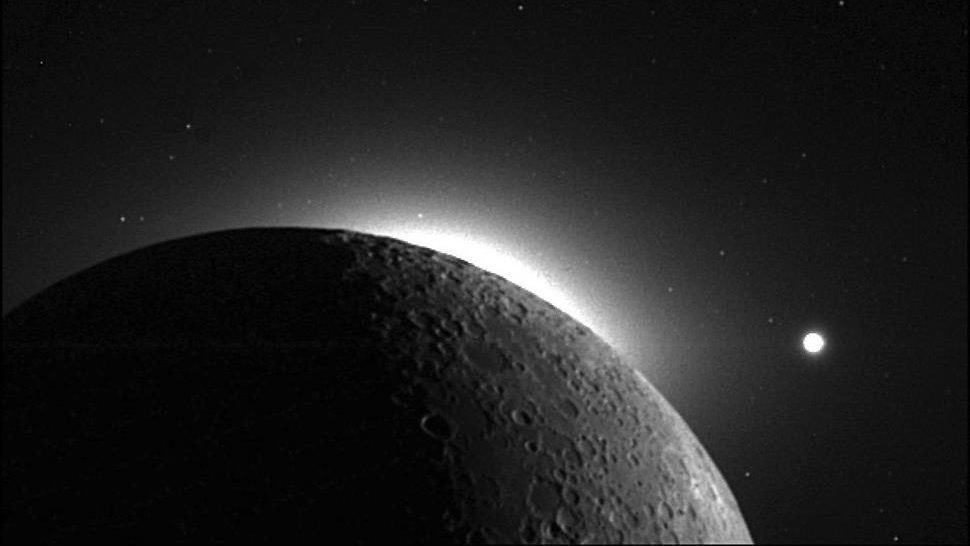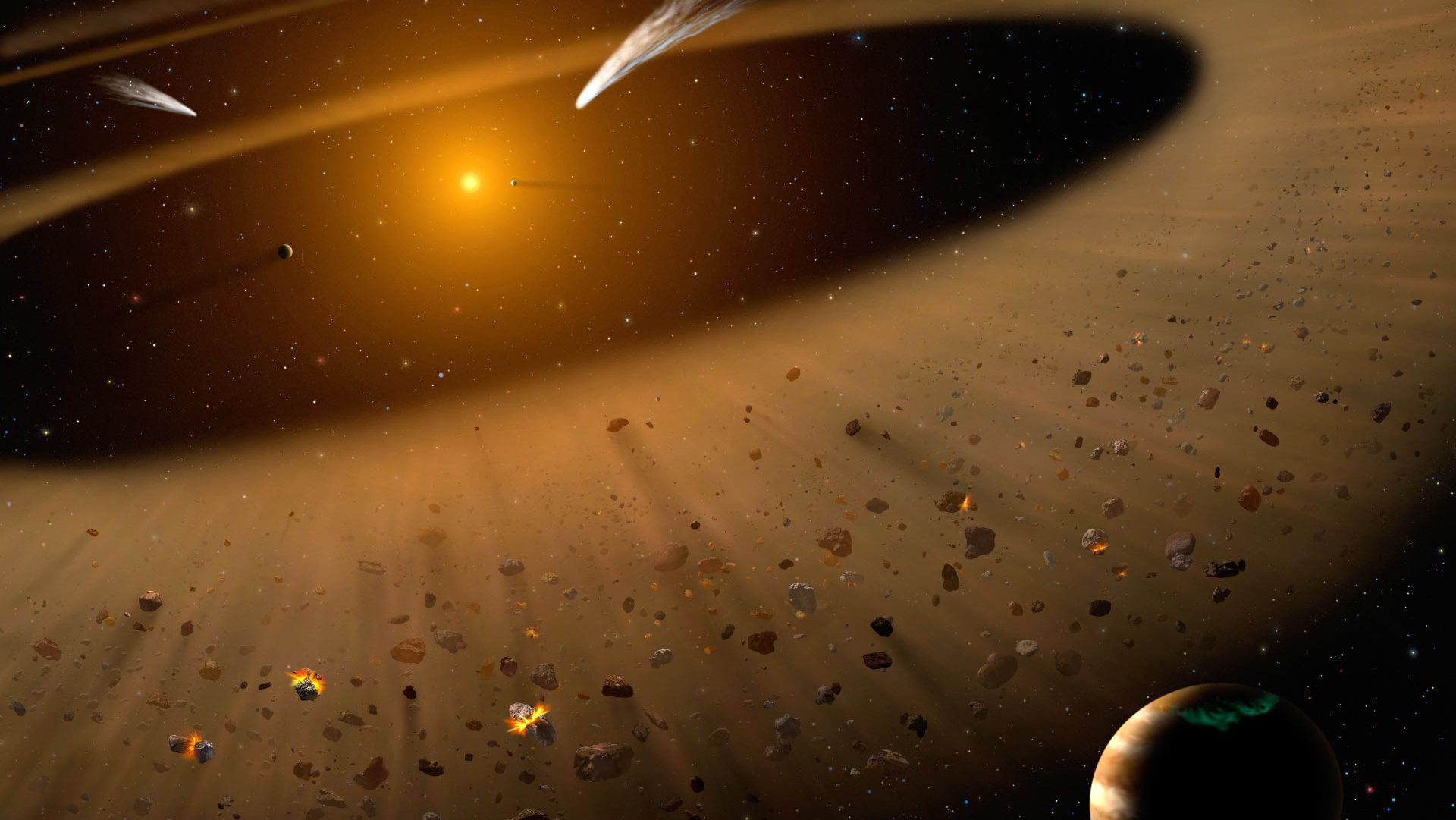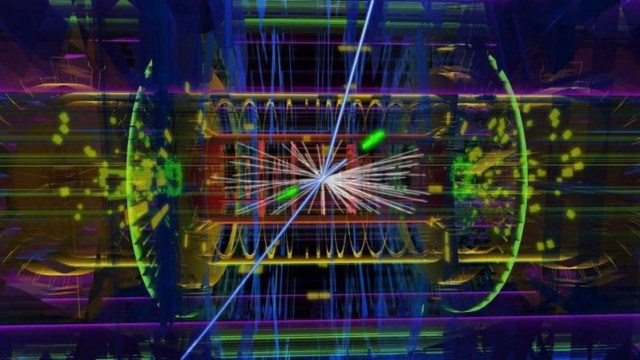What do the first 10 million years of the solar system look like? These diamonds give a clue.

In 2008, an asteroid exploded 37km above ground across the Nubian desert of northern Sudan. The fragments contained both rock and rough diamonds.
What scientists have figured out since, after gathering about 50 pieces of what was left, is that it came from the first 10 million years of our solar system — from a planet around the size of Mars or Mercury that ultimately was destroyed.

Known as the Almahata Sitta meteorites, scientists used transmission electron microscopy and electron energy-loss spectroscopy to ascertain that the materials, including the diamonds, can only be formed above pressures of about 20 gigapascals (GPa). This only happens within a planetary body.
What they theorize is that the protoplanet these pieces ultimately came from likely collided with others in that first 10 million years, causing Almahata Sitta — and others — to float about the solar system until they, too, collided with another planetary body; in this case, Earth. Such items account for less than 1% of objects that collide with our planet.

From the study, published in Nature Communications:
“in the first million years of the solar system. Mars-sized bodies (such as the giant impactor that formed the Moon) were common, and either accreted to form larger planets, or collided with the Sun or were ejected from the solar system. This study provides convincing evidence that the ureilite parent body was one such large ‘lost’ planet before it was destroyed by collisions.”





